For those wondering what I mean, here’s Crunchyroll’s presser.
Kodansha not having a weekly digital equivalent to Viz’s Shonen Jump was always a major stumbling block, and this should fix that right up.
So… what are we getting? Attack on Titan and Fairy Tail you already know. UQ Holder! and The Seven Deadly Sins were announced at NYCC by Kodansha for next year.
That leaves 8. Let’s take a look.
The biggie here is definitely Space Brothers, which has an anime to its name, and which Kodansha Comics has already admitted they’d love to put out if it wasn’t 20+ volumes and seinen. If it does well digitally, perhaps we can see it in print. I once heard this described as “Twin Spica for MANLY MEN”, and that’s not far off. It’s called Uchuu Kyoudai in Japan, and runs in Weekly Morning.
Mysterious Girlfriend X (Nazo no Kanojo X) runs in Monthly Afternoon, and also has a tie-in anime. It’s 10+ volumes, and is sort of a weird romantic comedy. It also has an obsession with drool that I recall made me avoid it, but hey, whatever floats your boat.
A Town Where You Live (Kimi no Iru Machi) has everything a modern manga publisher doesn’t want: it’s 20+ volumes (and weekly – it runs in Shonen Magazine), a harem comedy, and its author had a prior series get cancelled for low sales over here (Suzuka). That said, it has a very active online fanbase, and let’s hope they pay to see it coming out over here.
Back a long time ago, I license requested Yankee-kun to Megane-chan, aka Flunk Punk Rumble. Sadly, it was one of my license requests that did not get fulfilled. But now we have the author’s new work, Yamada-kun and the Seven Witches (Yamada-kun to 7-nin no Majo)! It has bodyswaps, it’s funny, and it has a female creator. Can’t wait.
As the Gods Will (2nd Series) (Kami-sama no Iutoori Ni 2) is, as you might imagine, the sequel to As the Gods Will 1, which is (oh dear) a survival game horror manga that runs in Shonen Magazine. Despite picking up with the sequel, and my utter boredom with this genre, I hope it does well.
My Wife Is Wagatsuma-san (Wagatsuma-san wa Ore no Yome) is one of the more interesting romantic comedies Kodansha’s putting out these days. A loser guy (no, wait, come back) who really wants the cute girl he likes to (no, really come back!) like him wakes up one day, 10 years in the future, married to his dream girl! But he has no memories of the last 10 years. He has to figure out how they got this way. The author also writes a prison horror comic, so this must be the light relief.
…oh wait, here is the comic in question! Fort of Apocalypse (Apocalypse no Toride) is by the author of Wagatsuma-san but with a different artist. It runs in Shonen Rival, and has prisons AND zombies. I suspect it may be the darkhorse hit of this whole deal.
Coppelion, a Young Magazine title, is one of those series everyone expects to be the announcement at every single con but it never is. Genetically modified cute girls plus post-apocalyptic Japan, who can possibly resist? It’s 19+ volumes, which explains why Kodansha resisted. But now… digital!
Which of these has you most excited? For me, it’s Space Brothers and Yamada-kun.
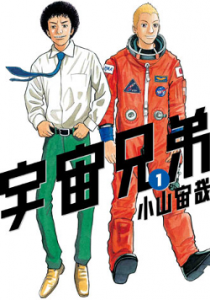
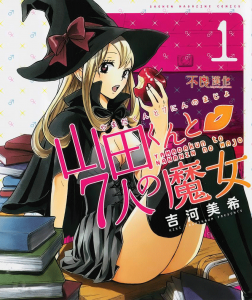
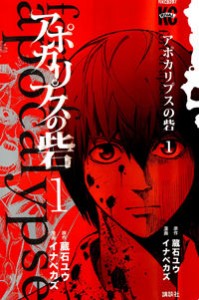




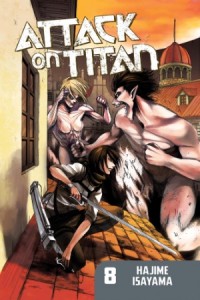
 MICHELLE: There’s not a lot to choose from
MICHELLE: There’s not a lot to choose from 









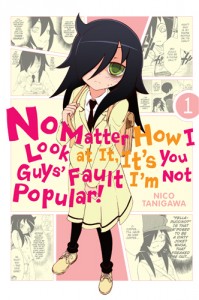
 ASH: There are plenty of great manga releases to choose from
ASH: There are plenty of great manga releases to choose from  SEAN: I’ll go with
SEAN: I’ll go with 
